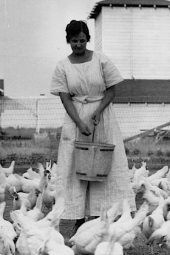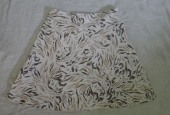
 2
2











 2
2




Invasive plants are Earth's way of insisting we notice her medicines. Stephen Herrod Buhner
Everyone learns what works by learning what doesn't work. Stephen Herrod Buhner
 2
2











 4
4




Invasive plants are Earth's way of insisting we notice her medicines. Stephen Herrod Buhner
Everyone learns what works by learning what doesn't work. Stephen Herrod Buhner
 3
3




r ranson wrote:sort of.
I'm not sure.
The example is for a dress with a waist seam which mine doesn't have, so I'm not sure how to work the lining fabric bottom edge - would it just hang loose?
But it would make the arm and neck edges nicer.
Gardens in my mind never need water
Castles in the air never have a wet basement
Well made buildings are fractal -- equally intelligent design at every level of detail.
Bright sparks remind others that they too can dance
What I am looking for is looking for me too!

 3
3








 2
2











 2
2




Zone 6, 45 inches precipitation, hard clay soil




 3
3











 2
2











 2
2











 3
3











 4
4











 2
2




 2
2




Hooray for Homesteading!

|
Laborare non amo - latin for "I do not like to work" - thanks tiny ad
Regionally adapted Midwest Seeds for the rest of US
http://flyoverseeds.com
|






